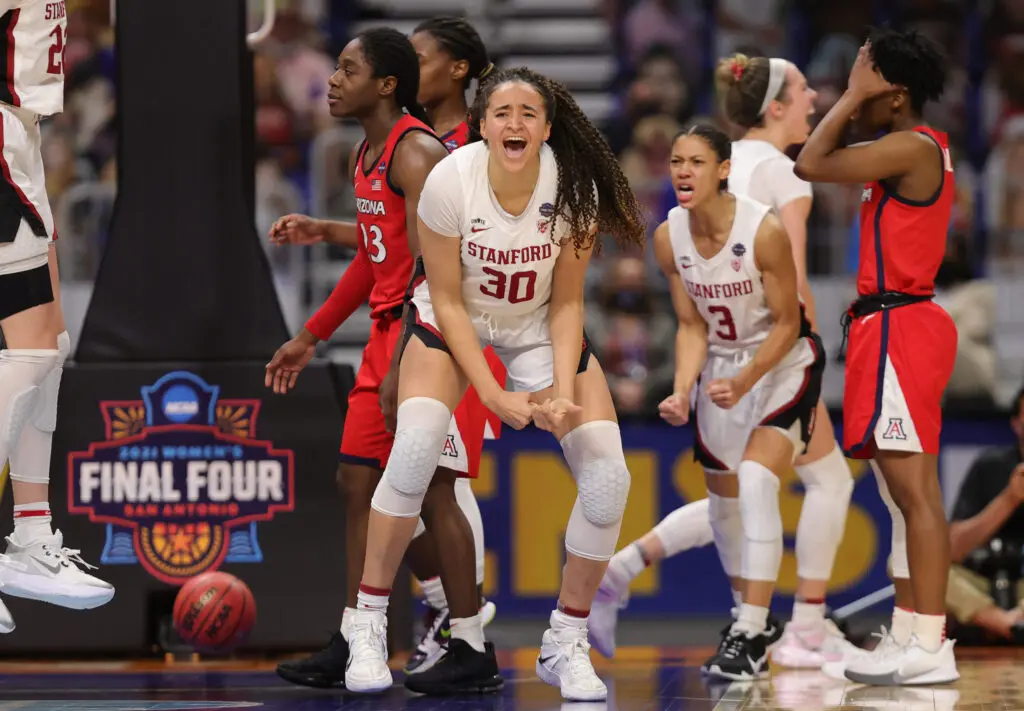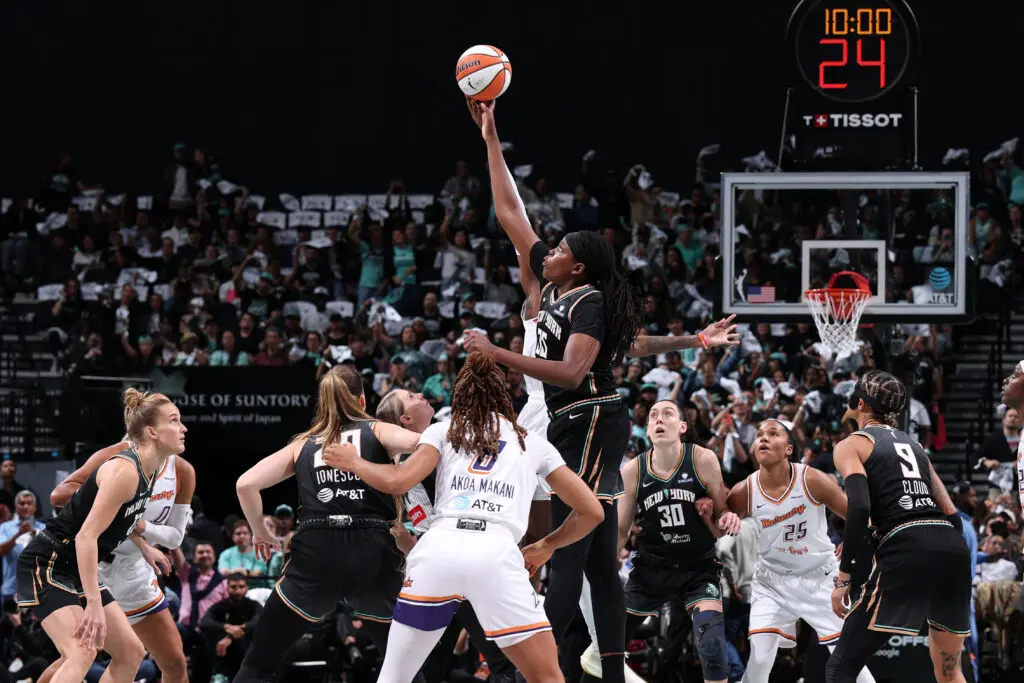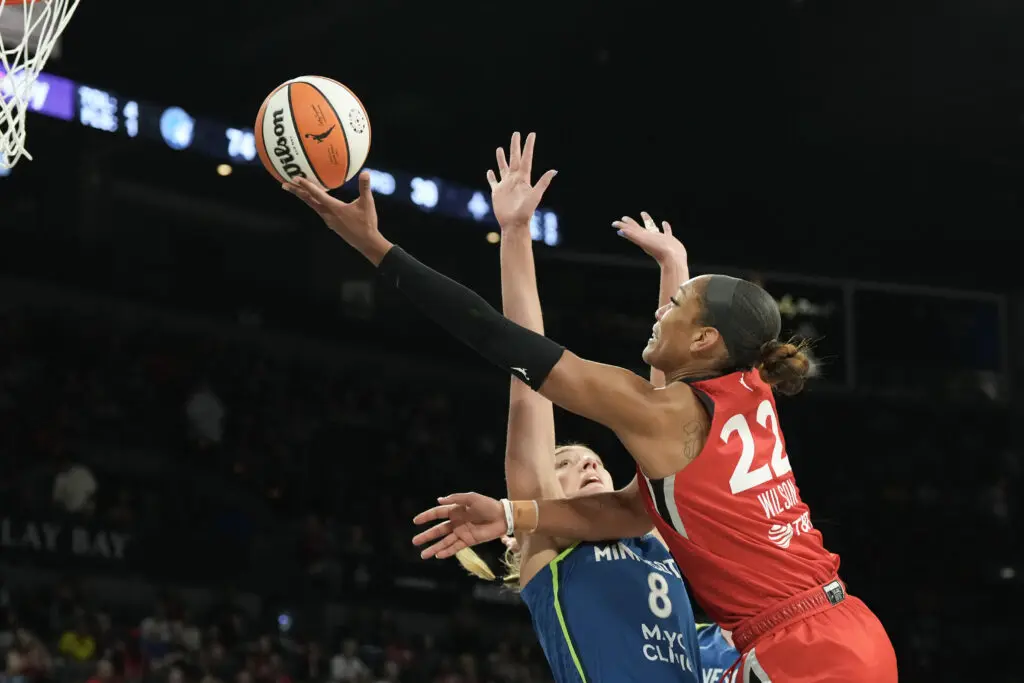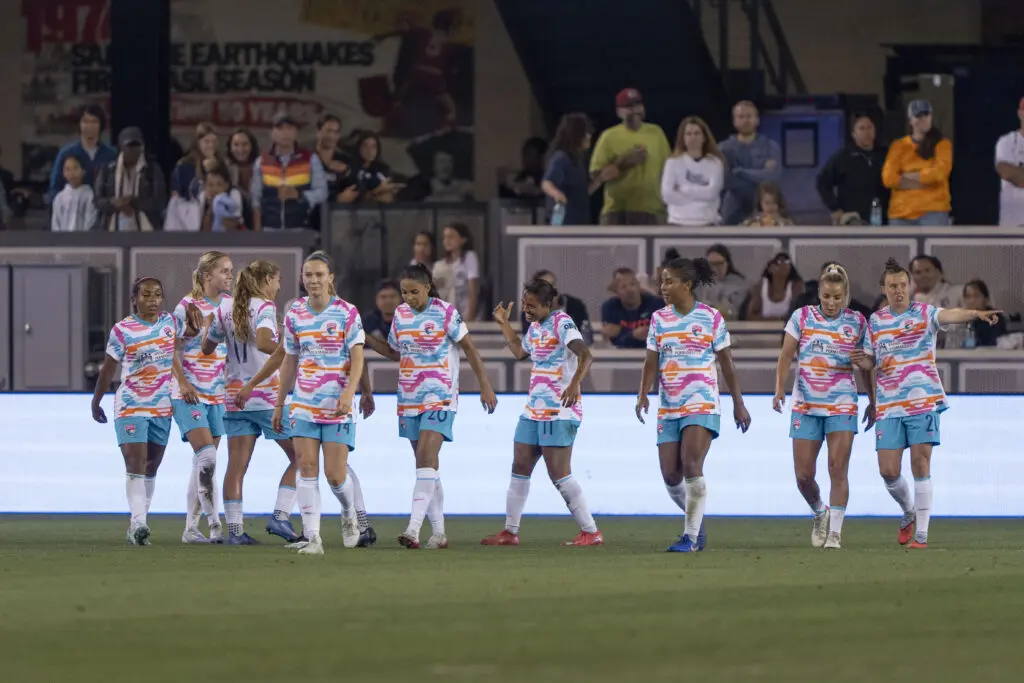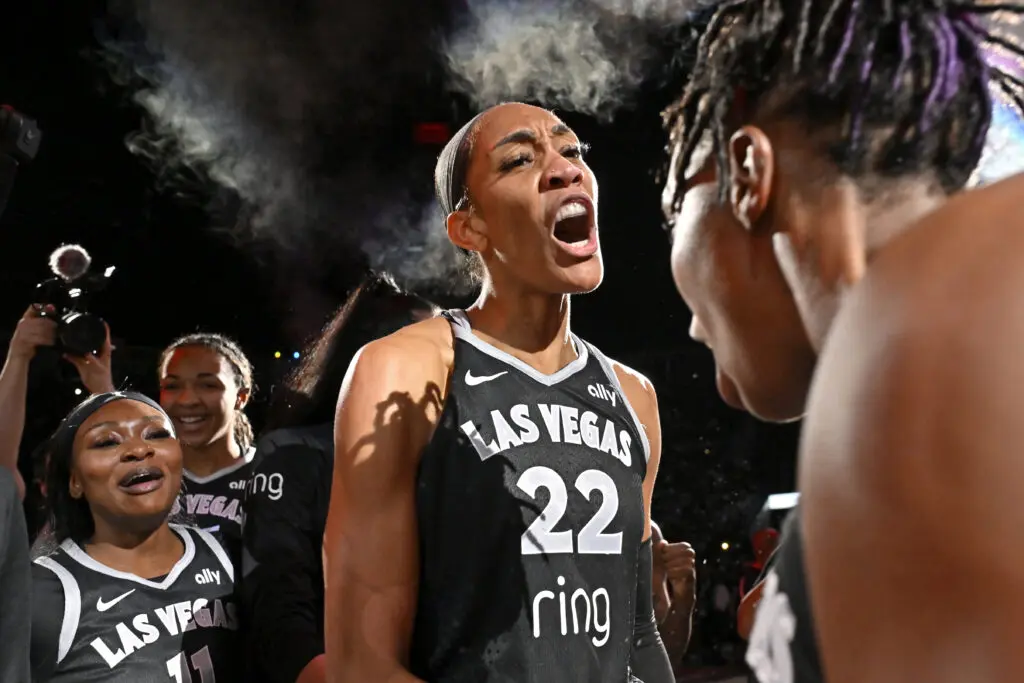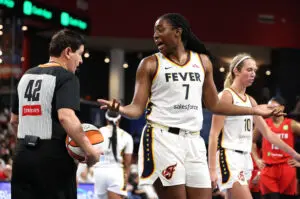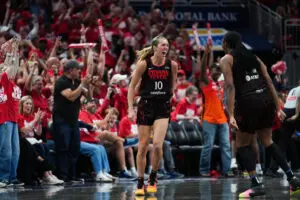March Madness is officially here, and for the first time ever, it includes the women’s tournament.
After last year’s weight-room debacle, the NCAA finally caught up with the times and expanded its March Madness branding beyond the men’s contest, making this year’s women’s tournament a first-of-its-kind.
Some may say the new name is merely a cosmetic fix-up, a way to paper over the NCAA’s past missteps. I’d argue it’s the start of a new era in women’s college basketball, one in which we move away from treating the sport like a charity at best and an afterthought at worst, and instead realize the massive potential that’s waiting to be seized.
@sedonerrr it’s 2021 and we are still fighting for bits and pieces of equality. #ncaa #inequality #fightforchange ♬ original sound - Sedona Prince
Last year, the NCAA was rightfully put on blast by players, coaches, journalists and fans for the egregious inequalities between its men’s and women’s basketball tournaments. The men had a full multi-station weight room in their bubble. The women had a single rack of hand weights. The women’s food and swag bags were likewise inferior.
The most outrageous part of the entire situation was the NCAA’s inability to foresee the backlash. They somehow thought it wouldn’t be an issue. The governing body of college sports didn’t care about the women’s tournament, and they assumed most fans wouldn’t either.
But these fans proved them wrong, not only in voicing their universal outrage, but by consistently showing up for the games themselves.
Last year’s championship game between Arizona and Stanford averaged 4.1 million viewers, making it the most-watched finals since 2014. As the final buzzer approached, nearly 6 million viewers watched the top-seeded Cardinal squeak by the Wildcats. The semifinal games were likewise up 20 percent over 2019 as part of the most-watched Final Four weekend since 2012.
These numbers point to a larger issue, one that goes beyond puny weight rooms and lackluster swag bags. While we certainly have to hold the NCAA accountable when it fails to do the bare minimum, the bigger problem has always been its failure to grasp the business opportunity presented by women’s sports.
In the aftermath of last year’s controversies, media rights experts estimated that the women’s basketball tournament could be worth $100 million a year in media-rights fees alone starting in 2025 (when its current deal expires). The NCAA, instead, has bundled the women’s tournament with 28 other sports championships and sold them to ESPN in a package deal worth about $34 million a year.
The weight room garnered the headlines, but it’s this systematic undervaluing of women’s sports that really needs to change.

Last year, every game of the women’s tournament was aired nationally for the first time ever. ESPN also put the Final Four games on ESPN instead of ESPN2. Massive viewership followed.
That upward trend continued this year, with the season opener between South Carolina and NC State drawing nearly 700,000 viewers, making it the most-viewed opening game since 2013. A February contest between South Carolina and Tennessee later drew 876,000 viewers, and that same week, ESPN announced it had already sold out of its ad inventory for this year’s tournament.
These companies aren’t buying ads out of the goodness of their hearts. They understand the present value and the future potential of women’s basketball, and they want in on the action.
We’ve come a long way since Sedona Prince’s viral TikTok blew the lid off of things last year. But in order to keep the momentum going, all of us — from the media, to brands, to athletic institutions — need to start talking about women’s basketball not as a charity in need of baseline support, but as a historically undervalued asset that is ripe for investment.
The NCAA might have only expanded its March Madness branding as a way to move past last year’s blunders. But whether the governing body of college sports realizes it or not, we’ve entered a new era in women’s sports. Fans and brands know it, and athletes are cashing in. From NIL deals for current college basketball players to million-dollar contracts for future NWSL stars, it’s clear the tide is starting to turn.
March Madness is officially here. And with it, women’s sports is officially entering the era of big business.
See you at tipoff.
Haley Rosen is the CEO and founder of Just Women’s Sports. Follow her on Twitter @RosenHaley.
